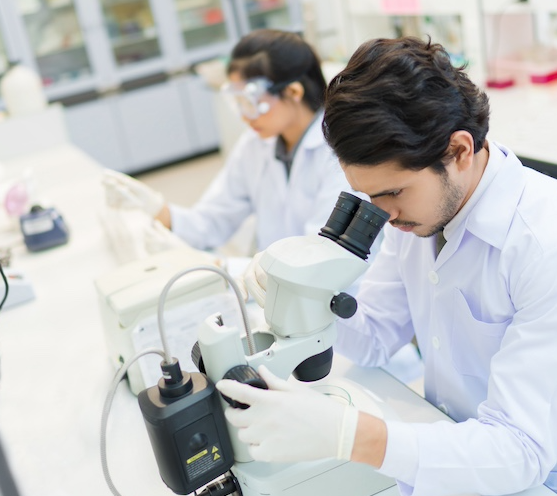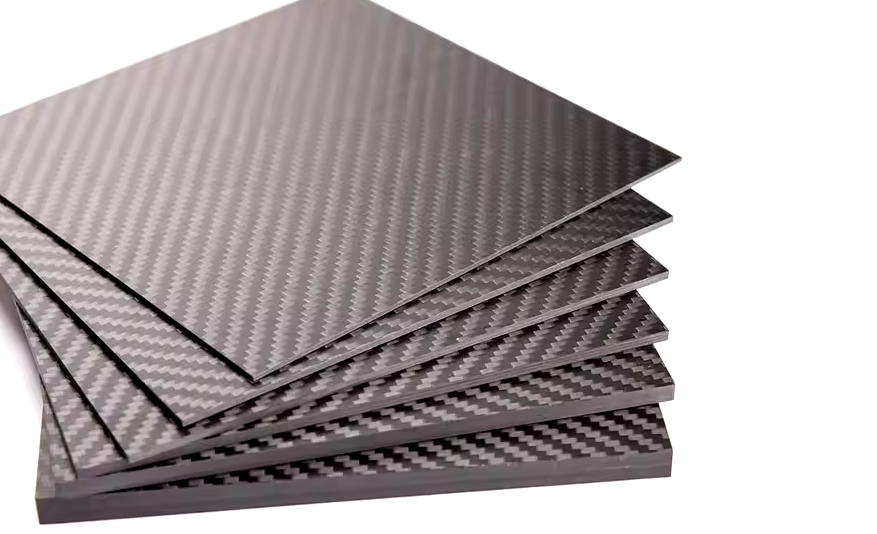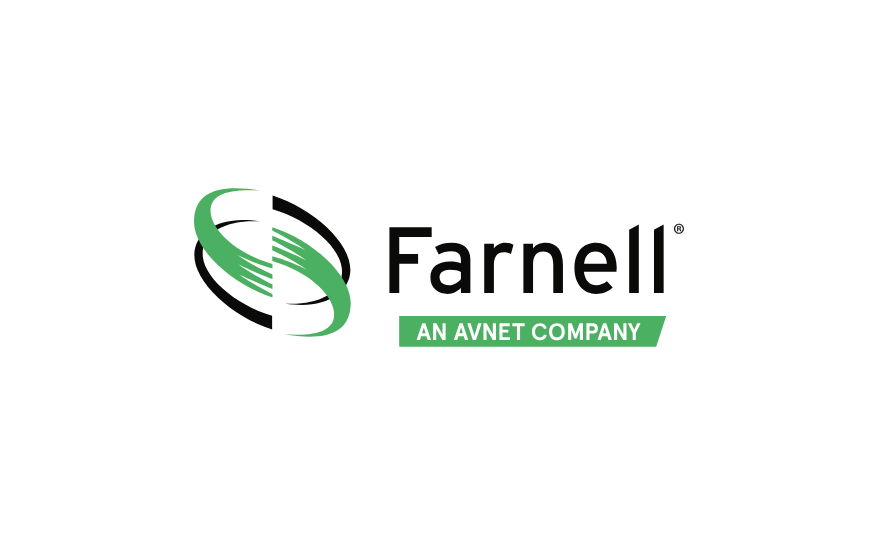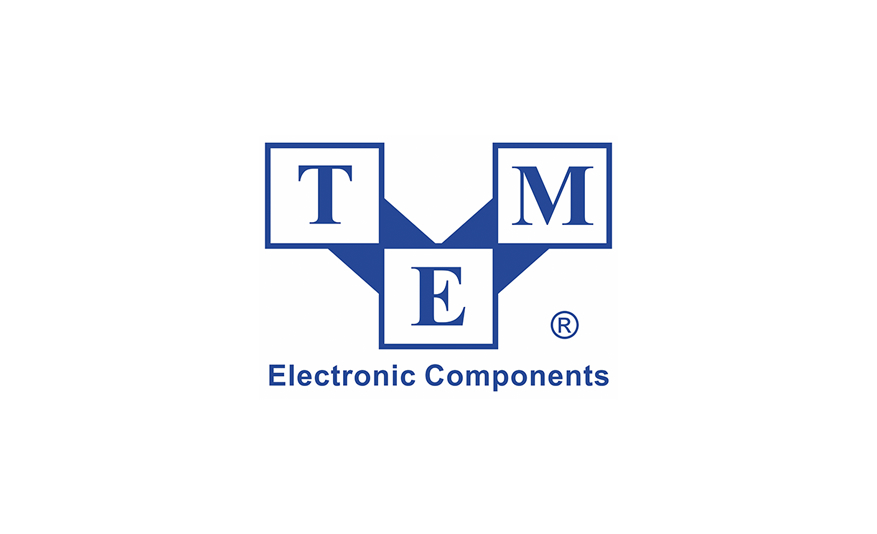A team of researchers at Canada’s Simon Frasier University has developed a material they believe could enable low energy sensors or tags to store about 1,000 times more energy than standard printed electronics, including those used as RFID inlays. The material relies on zwitterion molecules – electrically neutral ions that come with a positive and negative end and that rotate when energized.

The material leveraging the molecules could be printed in a thin layer onto food packaging, along with a circuitry such as an IC and sensor, to track temperatures or spoilage and respond to an interrogation with the sensor-based data.
The university’s graduate student, Simranjeet Kaur—under the leadership of associate professor Loren Kaake—initiated development of the material composed of high-capacitance organic dielectric material. The material resulted from blending zwitterion with poly(methyl methacrylate) over a range of concentrations and thicknesses.
The Canadian Light Source (CLS) a national research facility at the University of Saskatchewan (USask), then put the material through wide-angle X-ray scattering experiments to determine that the matter provided a 1,000-fold increase in capacitance. CLS measured the nanostructure of the films, providing insights into the molecular-level mechanisms that create the material properties. The results found that the zwitterions could point the way to a new class of organic dielectric materials, the team said.
Seeking New Avenues to Green Electronics
The project resulted from the NSERC Green Electronics Network’s call for solutions in green packaging solutions. The network is a consortium of university faculty members across Canada in collaboration with companies that make food packaging.
The goal was to develop materials for printed circuitry that could turn packaging into sensors that track conditions and transmit data about those conditions.
Participants took a variety of approaches including development of polymer-based semiconductors and materials using carbon nanotubes as well as graphene and paper-based substrates. SFU focused on developing a class of dielectric materials based on rotating zwitterion molecules. The rotations are accomplished by the positive and negative charges on the ends of each molecule.
The Benefits of Zwitterion Molecules
Traditionally, the challenge for printed electronics already in use or in development is that they must operate at very low power —received either from an RFID interrogator at close range or from a small battery.
With either option, said Kaake, “you only get a couple of volts at max, so these things have to operate at very low power.” Printed RFID tags have often required that readers be placed within inches of the tag itself to provide it with the necessary power to receive an RF signal and respond. Sending sensor data would require yet more power.
High capacitance material is especially important in transistors, said Kaake, whose conductivity must be modulated in response to “applied potential.” Applied potential refers to the voltage that is applied to an electrochemical cell to drive an electrochemical reaction. Conventional materials require a large potential to accomplish transistor turn-on.
To enable that high capacitance, SFU focused on the material incorporated into the ICs which then interacts with antennas and batteries. When the zwitterion-based material receives an electric charge the molecules rotate, which more effectively sends the electrical energy across the device for data storage, and transmission.
There are other electrolyte capacitors that offer a large capacitance, but they tend to experience current leakage. SFU’s material has the ability to deliver the benefits of the electrolytic capacity without many of the drawbacks, according to Kaake.
Applications from Cold Supply Chain to Refrigerators
In the commercial market, such material could help make food packaging smarter so that individuals could access data about the conditions of the products they contain.
The university team has talked with companies in the business of making food packaging and other firms such as meat packagers. As a result, they identified a use case around tracking conditions in the supply chain.
One such use case is packaged bacon—that is temperature sensitive—being transported hundreds of miles from a manufacturer to a store or distribution center. While in the truck or van, an interrogator could energize the tags built into the bacon packaging and receive regular updates on information such as temperature or even gases coming from the product.
The system could also work with a store’s cooler if equipped with a reader that could similarly interrogate the bacon’s tag and receive updates about freshness. If a consumer has their own smart refrigerator, they too could receive updates via an app about the freshness of their products.
The cost of the material could be higher than standard polymers already in use as it does require several steps of synthesis. But Kaake noted “it’s not an incredibly complicated material with a huge number of synthetic steps” so he speculated that the cost to commercialize such material would not be excessive.
More Development Ahead
The research team is now working on the next generation of the material to see if it could respond to interrogation faster, working at lower voltages and temperatures. “We’re optimistic that we can lower the operating temperature by 100 degrees Celsius from our first-generation materials,” Kaake said.
He added that the material itself could be applied to packaging in the form of a thin film and it would not affect the recycling process of the packaging after the product was used.
“The idea was to make compounds that are based on carbon-based materials,” Kaake said, making the technology “more environmentally friendly as opposed to things that have heavy metals.”
The team is also aiming to eliminate expensive rare-earth elements. Both heavy metals and rare-earth elements are common in conventional electronics, making it important to eliminate them when moving to components that will end up in the waste stream.
“Toxic elements are a great deal more important to eliminate as a first step. The development of biodegradable and bio-sourced materials remains an important goal across many fields of chemistry,” he said.
The continued research will take more time, after which the team could then looking into commercialization. “We should have a nice set of operating conditions where commercialization would look much more attractive,” Kaake said. At that time, they may be in conversations with potential technology partners.


















































